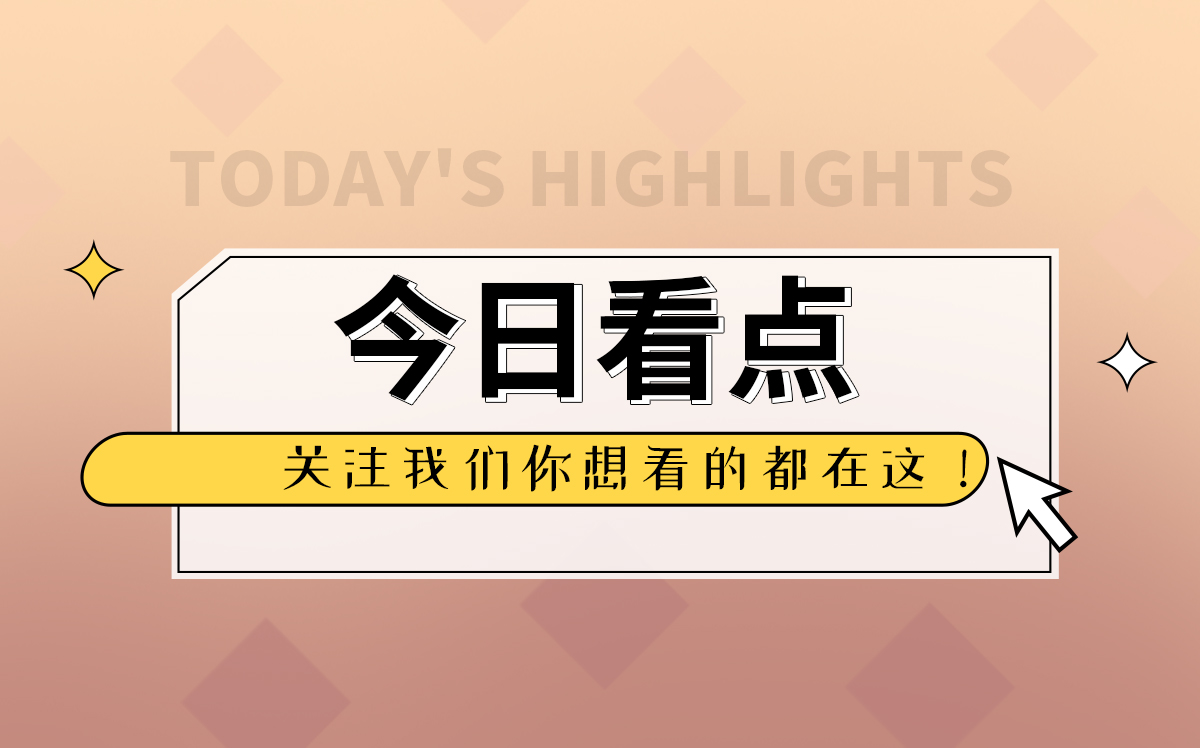“山云行绝塞,大火复西流。”《中国天文年历》显示,8月7日20时29分迎来2022年“立秋”节气。
天象预报
 (资料图)
(资料图)
**立秋——**处暑
太阳
从巨蟹座运行至狮子座。目前太阳活动性不强,正面有数群小黑子,可通过带减光的望远镜观测。
月亮
8月12日(农历七月十五,中元节)9时36分望,满月时距地球约36.1万千米,整夜可见。
水星
昏星,从狮子座顺行至室女座。与太阳的角距离持续增大,不过仍然难以观测。
金星
从双子座顺行至巨蟹座。与太阳的角距离持续减小,作为“启明星”黎明前出现在东北方向的低空,肉眼可以观测。
火星
从白羊座顺行至金牛座,凌晨1点左右升起,后半夜至黎明前都可以观测。
木星
在鲸鱼座中逆行。夜晚9时左右升起,后半夜至黎明前都可以观测。
土星
8月15日土星冲日。入夜即从东南方升起,整夜都可以观测。
流星雨
8月13日9时~10时,英仙座流星雨迎来极大。12日、13日晚间21时辐射点升起后至翌日天亮前可见。但受到满月天光背景亮度的严重影响,群内暗弱的流星将无缘得见。
小知识
流星是由太阳系中的流星体高速闯入地球大气后,发光发热的一种现象,当轨道相似的大量流星体在很短的时间间隔内先后进入地球大气层,就形成了流星雨。由于透视效应,原本轨道近乎平行的群内流星体在进入大气层时,从地面上看起来就像从空中的一个点射出的,这个点被称为流星雨的辐射点,并根据辐射点所在的星座或附近的恒星来命名流星雨。
流星雨的母体主要是彗星。彗星不断“喷发”出的彗星尘散布在其轨道上形成尘埃群(流星体群),当地球靠近不同的尘埃群轨道时就会有相对应的流星雨出现。英仙座流星雨的母体就来自斯威夫特-塔特尔(109P/Swift-Tuttle)彗星,这是一颗周期彗星,每次回归都会在轨道上留下新的流星体。每年的7月中旬至8月下旬,地球会穿过这些流星体的轨道,群内流星体从英仙座方向高速冲击地球大气层,从而为北半球带来了绚丽的流星雨。
观看流星雨时一定要注意安全,需选择天气晴朗、灯光影响小、视野开阔无遮挡的地方。最好的观赏方法则是目视直接观看,可以躺在垫子上,目光覆盖尽量多的天空视野(不必盯着辐射点看)。有月亮时,视线则要避开月光。观看中途需要照明,可以使用红光手电,避免眼睛受亮光影响后还需要再次适应暗夜环境。
The Beginning of Autumn
The Beginning of Autumn (Liqiu in Chinese) is the 13th solar term of the traditional Chinese calendar. This year it falls on August 7th, at 20:29 (Beijing Time) when the Sun reaches a longitude of 135º. This is also the first solar term of the autumn, when all the plants on Earth are growing into maturity. The Beginning of Autumn does not mean the end of intense heat since the last period of the canicular days is yet to come afterwards.
Astronomical Forecast
Beginning of Autumn——End of Heat
⊙The Sun✦
The Sun travels from Cancer to Leo. Currently, Sun activity remains low, with only a few groups of small sunspots on its surface. They can be observed through a telescope with a safe solar filter.
☽The Moon✦
The full moon occurs at 09:36 a.m. on August 12th, which meets the 15th day of the 7th lunar month, the Ghost Festival, or Zhongyuan in Chinese. Lying at 361,000 kilometres from the Earth, the full moon is visible throughout the night.
☿Mercury✦
Mercury appears currently as an "evening star". It travels from Leo to Virgo in prograde motion. Its angular distance to the Sun continues increasing but remains difficult to be observed.
♀Venus✦
Venus travels in prograde motion from Gemini to Cancer. Its angular distance to the Sun continues to decrease. It appears as a "morning star", which is low in the north-eastern sky before sunrise, and can be spotted with the naked eye.
♂Mars✦
Mars travels in prograde motion from Aries to Taurus. It rises at 1 a.m. and can be seen from midnight to dawn.
♃Jupiter✦
Jupiter travels in retrograde motion in Cetus. It rises around 9 p.m. and can be observed from midnight to dawn.
♄Saturn✦
Saturn will be at opposition on August 15th. It rises from the south-eastern sky in the evening and can be observed all night.
Meteor Shower✦
Perseids will reach maximum at 9-10 a.m. on August 13th. The meteor shower can be observed on August 12th and 13th, when its radiant rises at 9 p.m. until dawn the next day. However, some dimmer meteors may not be visible due to the severe interference of the moonlight.
海报图片:孙恒阳
文中图片:Chuandong Yi
轮值主编:赵海斌
制作、编辑:王科超
英文版设计:朱曼清
(金陵中学)ZHU manqing

































































